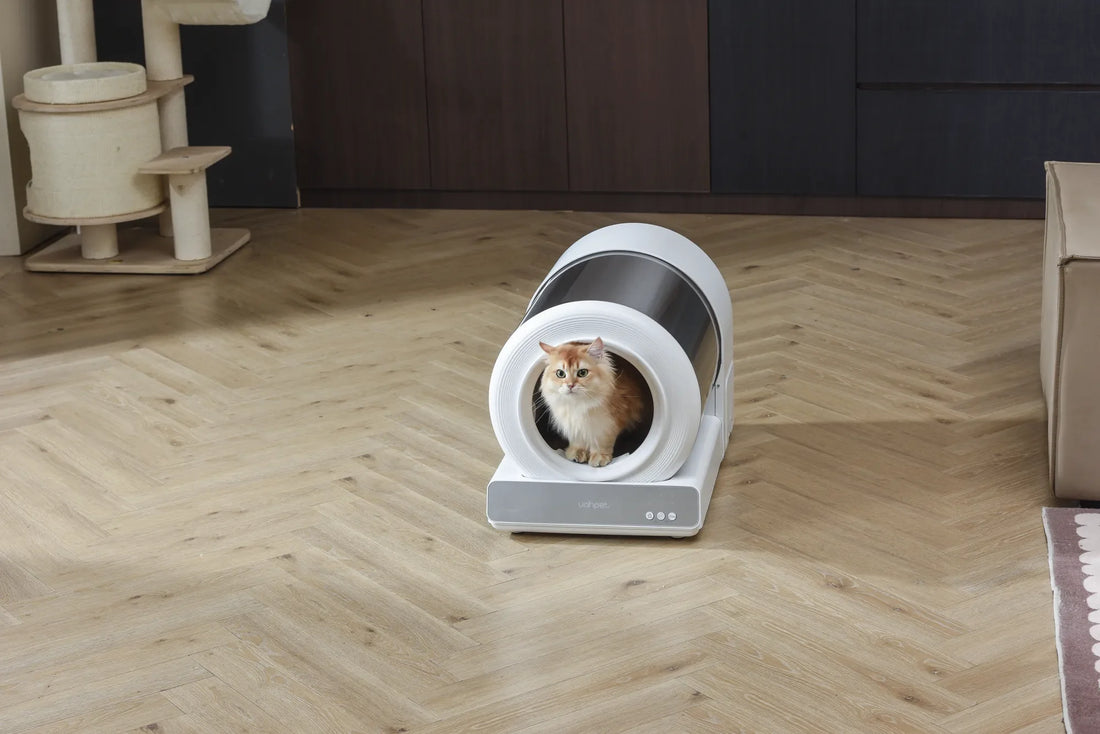If you've ever wondered, 'Why did my cat not pee in the litter box?' you're not alone. This frustrating behavior can leave pet owners scratching their heads and searching for answers. Cats are generally clean animals, so when they avoid their litter box, it's a sign that something is amiss. Understanding the reasons behind this behavior is the first step toward finding a solution and restoring harmony in your home.
Medical Issues
One of the most common reasons a cat might avoid the litter box is due to an underlying medical condition. Urinary tract infections, bladder stones, or kidney issues can make urination painful, causing your cat to associate the litter box with discomfort. If your cat is straining to pee, crying out, or producing only small amounts of urine, it's crucial to consult a veterinarian immediately. Early diagnosis and treatment can prevent more serious health problems and help your cat return to using the litter box.
Stress and Anxiety
Cats are sensitive creatures, and changes in their environment can lead to stress or anxiety, which may result in litter box avoidance. Moving to a new home, introducing a new pet, or even rearranging furniture can disrupt your cat's routine. Additionally, conflicts with other pets in the household can make your cat feel unsafe or threatened, causing them to seek alternative places to relieve themselves. Creating a calm and secure environment for your cat can help alleviate stress and encourage proper litter box use.
Litter Box Preferences
Believe it or not, cats can be quite particular about their litter box. Factors such as the type of litter, the size of the box, and its cleanliness can all influence your cat's willingness to use it. Some cats prefer unscented litter, while others may avoid clumping varieties. The location of the litter box is also important; if it's placed in a noisy or high-traffic area, your cat may feel too exposed to use it. Experimenting with different types of litter and box placements can help you find what works best for your feline friend.
Behavioral Issues
In some cases, litter box avoidance may stem from behavioral issues. Cats are territorial animals, and marking their territory with urine is a natural instinct. If your cat feels their territory is being invaded, they may start urinating outside the litter box to assert dominance. Neutering or spaying your cat can help reduce this behavior, as can providing multiple litter boxes in a multi-cat household. Positive reinforcement and patience are key to addressing behavioral issues and encouraging proper litter box habits.
Environmental Factors
Environmental factors can also play a role in why your cat is not using the litter box. Changes in temperature, humidity, or even the presence of certain odors can deter your cat from using their designated spot. Additionally, if the litter box is too close to your cat's food and water bowls, they may avoid it altogether. Ensuring that the litter box is in a comfortable, accessible location and maintaining a clean environment can make a significant difference in your cat's behavior.
Age-Related Changes
As cats age, they may experience physical or cognitive changes that affect their litter box habits. Arthritis, for example, can make it difficult for older cats to climb into a high-sided litter box. Cognitive decline may also lead to confusion or forgetfulness, causing your cat to urinate outside the box. Providing a litter box with low sides and placing it in an easily accessible location can help accommodate your aging cat's needs and encourage proper use.
How to Address Litter Box Avoidance
If your cat is not using the litter box, the first step is to rule out any medical issues by consulting a veterinarian. Once health concerns have been addressed, consider the environmental and behavioral factors that may be contributing to the problem. Make sure the litter box is clean, accessible, and placed in a quiet location. Experiment with different types of litter and box styles to find what your cat prefers. Providing multiple litter boxes in a multi-cat household can also help reduce territorial disputes. Finally, be patient and consistent in reinforcing positive litter box habits.
Understanding why your cat is not using the litter box can be challenging, but with the right approach, you can help your feline friend get back on track. By addressing medical issues, reducing stress, and accommodating your cat's preferences, you can create a comfortable environment that encourages proper litter box use. Remember, every cat is unique, and finding the right solution may take time and experimentation. With patience and persistence, you can resolve this issue and enjoy a happier, healthier relationship with your cat.

![[🎃Halloween Sale]UAHPET Stainless Steel Self-Cleaning Cat Litter Box](http://www.uahpet.com/cdn/shop/files/1-cat-litter-box.jpg?v=1759128420&width=1600)












